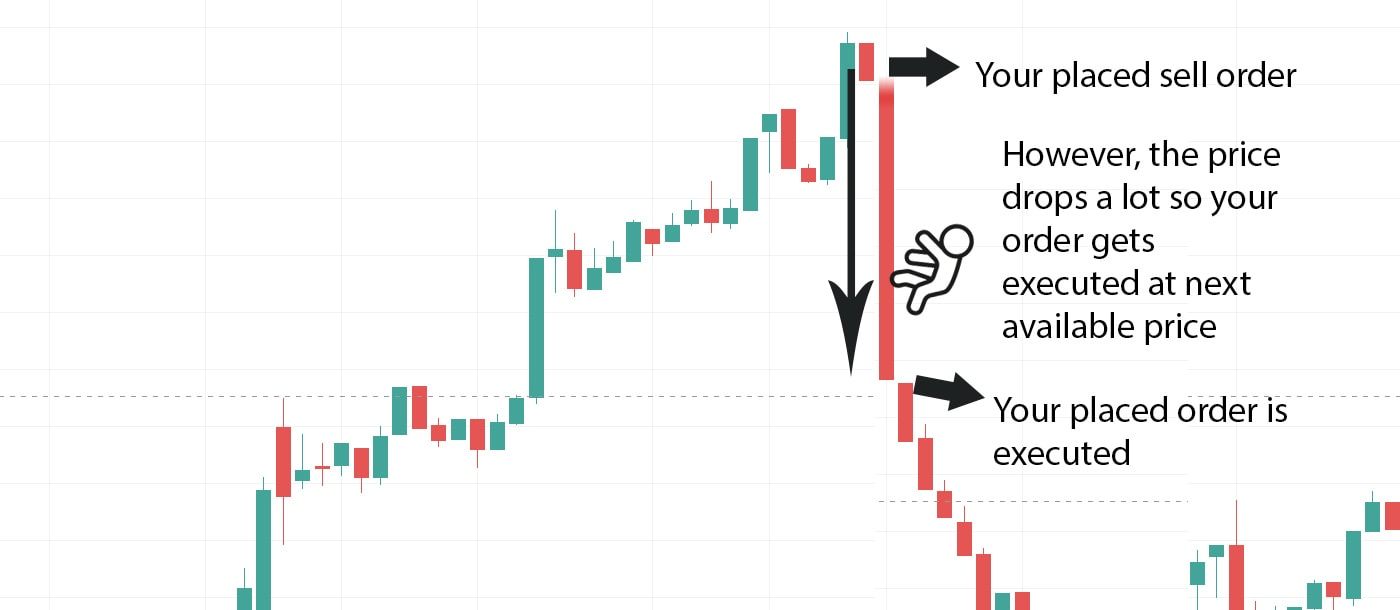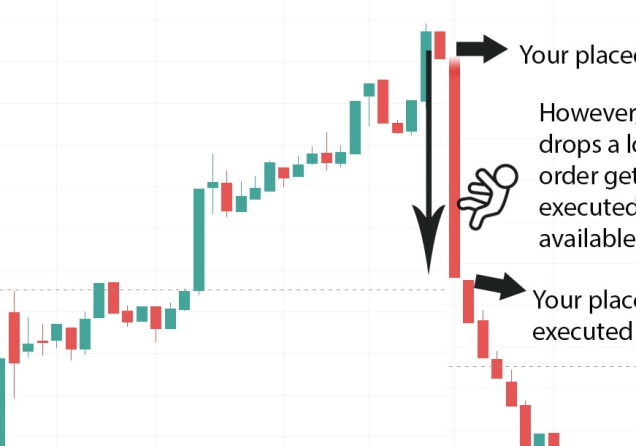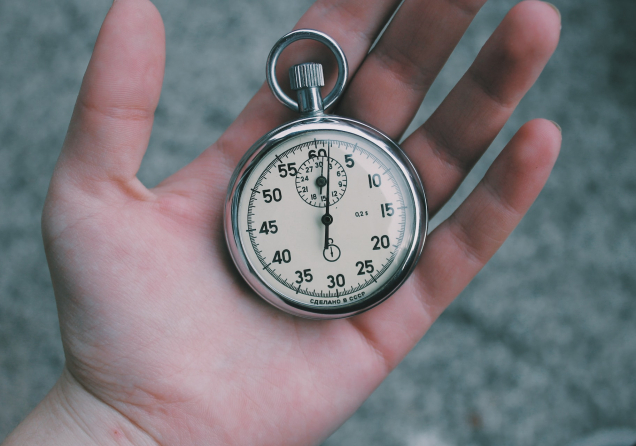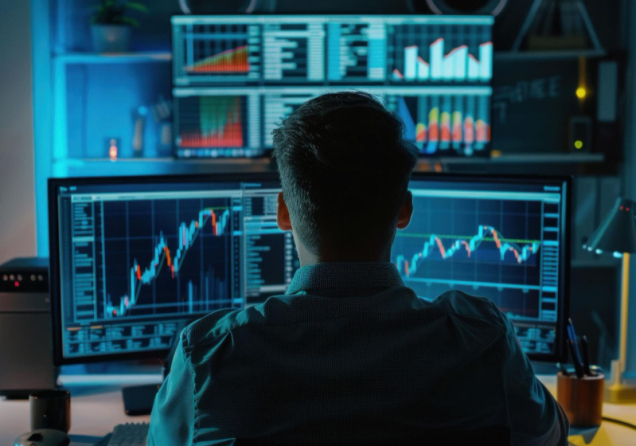What Is Slippage in Trading and Can You Avoid It?
Imagine a trade for Bitcoin at $60,000 and seeing it fill at $60,500. That additional $500? That's slippage, and it's quietly cutting into traders' profits. In fast-moving markets like forex and crypto, slippage happens, it’s inevitable. Studies show that during periods of high volatility, well over 70% of market orders experience some slippage.
In crypto, typically in low-liquidity altcoins, slippage can be anywhere from 2% up to as much as 5%. Even the most liquid forex pairs like the EUR/USD will slip 10 or more pips when there is big news. The thing is, slippage is not always bad. Sometimes, you might get a better price than you expected. We will discuss what slippage is, why it occurs, and how it can be avoided.
What Is Slippage?
When the price you expect to pay for a trade doesn't match the price you get, that’s slippage. It's similar to seeing a $10 price tag but the cashier telling you it's $10.50 at the register. Those small differences build up over time, particularly if you trade constantly.
Positive vs. Negative Slippage
Slippage comes in two types. Positive slippage is when your order is filled for a better price than expected. Negative slippage is when you get a worse price. If you place a buy order for Bitcoin at $60,000 and it fills at $60,200, then that is negative slippage. But if it fills at $59,800, you just experienced positive slippage.
How Slippage Occurs
Volatility and Fast Markets
Slippage generally creeps in during high-speed or low-volatility markets. Volatility is one of the biggest culprits. In forex, sudden interest rate changes can launch EUR/USD in seconds. While in crypto, an influencer’s tweet can send tokens to the moon.
Liquidity and Thin Order Books
Liquidity is also a big factor. If the market is low on buyers and sellers at a given price, your trade will have to be filled at the next available one. This applies particularly to altcoins with thin order books or exotic forex pairs.
Slow Execution
Execution delays is another major reason. If your broker is slow or the network is congested, your trade may not be executed on time to lock in your preferred price. This is pretty common in decentralized exchanges where trades must wait for block confirmations.

Forex vs. Crypto: Slippage in Action
Slippage in Forex
In forex, slippage is likely to happen on big economic releases, like employment reports or interest rate announcements. Slippage can also hit in slow periods, when liquidity is dried out. Some brokers have low slippage thanks to fast execution speeds, but even the best platforms can’t totally avoid it.
Slippage in Crypto
In cryptocurrency, slippage is a little more different. For large pairs like BTC/USDT, centralized exchanges like Binance or Coinbase have tighter spreads and higher liquidity, so slippage is not a problem. However, on decentralized exchanges like Uniswap, slippage is a different matter.
DEXs use automated market makers (AMMs), where trades directly affect the price. Add a delay in block confirmations, and you have a recipe for higher slippage.
Can You Avoid Slippage?
Though slippage cannot be completely avoided, there are ways to reduce it.
Utilize Limit Orders
Limit orders are one of the best tools. They help you to specify precisely what price you want. If the market never reaches that price, the order simply won't be filled. That's a great way to avoid negative slippage, but there's a trade-off: you may miss the trade altogether.
Set Slippage Tolerance
Most exchanges, especially DEXs, actually allow you to set slippage tolerance levels. For example, you could decide to only accept a 1% price variation. When the market moves outside that, your order cancels out automatically. This gives you more control, especially in a volatile market.
Focus on Liquid Markets
Trading assets with high liquidity can help too. In forex, it’s best to trade major pairs like EUR/USD or GBP/USD. In crypto, trade liquid tokens like ETH or USDT pairs. These markets are less prone to extreme price movements caused by low trading volume.
Choose The Right Platforms
Finally, your platform or broker choice matters. Utilize fast-execution brokers or Layer-2 DEXs that process trades faster and more efficiently.
Higher-Level Strategies to Gain Advantage
Break Large Orders
If you are trading with big amounts, break up your orders. Don't place one big order. Break it up into smaller pieces. This reduces the price impact on the market and enables you to get better average prices.
Automate with Bots
Trading bots can be pretty useful too. They trade faster than humans, so they can catch prices before they move. It is especially useful on crypto exchanges, where timing is crucial.
Keep an eye on Gas Fees
For those who use DEXs, keep an eye on gas fees. Periodically paying a bit more in terms of gas fee can get your transaction on the network's priority list, which makes slippage less of an issue.
Common Myths About Slippage
Slippage Is Always Bad: One of the myths is that slippage is always bad. Not always. Positive slippage can make you more money by giving you a better bargain than you expected.
Limit Orders Eliminate Slippage: Another myth is that limit orders completely protect you from slippage. They do prevent you from getting a bad fill, but they can also fail to get filled. In a fast-moving market, that can mean completely missing out.
Only Retail Traders Experience Slippage
And no, slippage doesn't just happen to retail traders. Large traders and whales see it even more so. Their sizable orders will push markets, and slippage occurs even on their own accounts.
Final Thoughts
Slippage is the trader's life. It happens when the price you expect is not the price you get. Volatility, low liquidity, or execution delays are the reasons behind it. It hits forex and crypto traders alike, but in different ways in each market.
The silver lining of the whole thing? You can manage it. Use limit orders, calibrate your slippage tolerance, avoid volatile times, and choose the right places. And if you're trading big, think about splitting orders or using bots. Slippage is not the end of the world. With some planning ahead, you can prevent it from chipping away at your profit.
Top-Tier Trusted Brokers
The table below contains links to 3rd party websites of our top partners from whom we receive compensation at no additional cost to you.






























